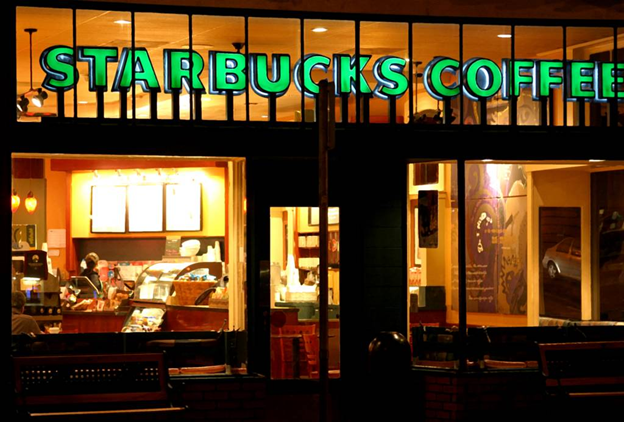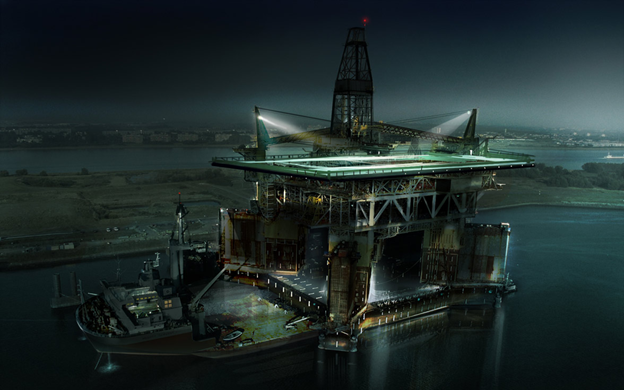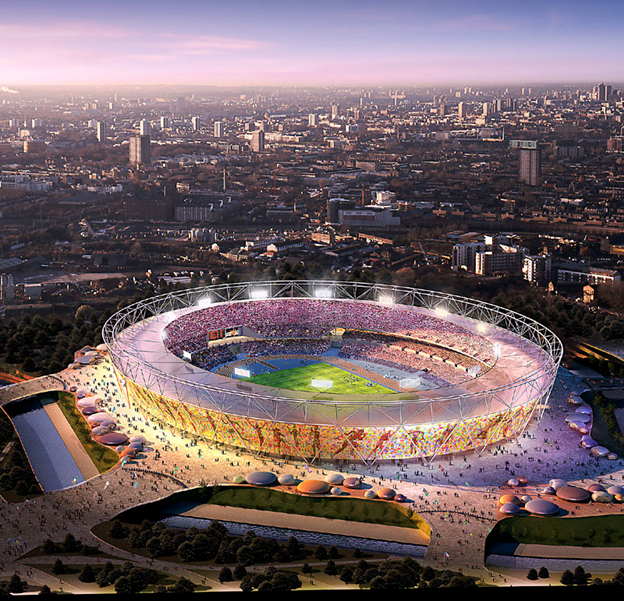The Economics of Traffic
January 31, 2012 in Daily Bulletin

Traffic is viewed by many economists as a market failure. There is too little supply and too much demand. The New York Times looked at some of the issues involved:
- Commuter delays are estimated to cost the United States $100 billion – $750 for every commuter in the country.
-
Attempts to solve the problem could actually make it worse:
- Policymakers might attempt to construct new roads to more evenly distribute the traffic, but road construction leads to a proportional increase in road utilization meaning that traffic levels remain unchanged.
- Officials might also try to increase the number of taxis available in the hopes of encouraging commuters to use those instead of their personal cars. However one expert has found that adding one taxi is the equivalent of adding 40 private cars because cabs spend so much more time on the road.
- New York City’s plan to increase taxi traffic by 15% could cause travel speeds across Manhattan to fall by up to 12%
To read about a potential solution that has worked in other cities as well as more details about the problem, click here.
Source: The New York Times









Join the Discussion! (No Signup Required)